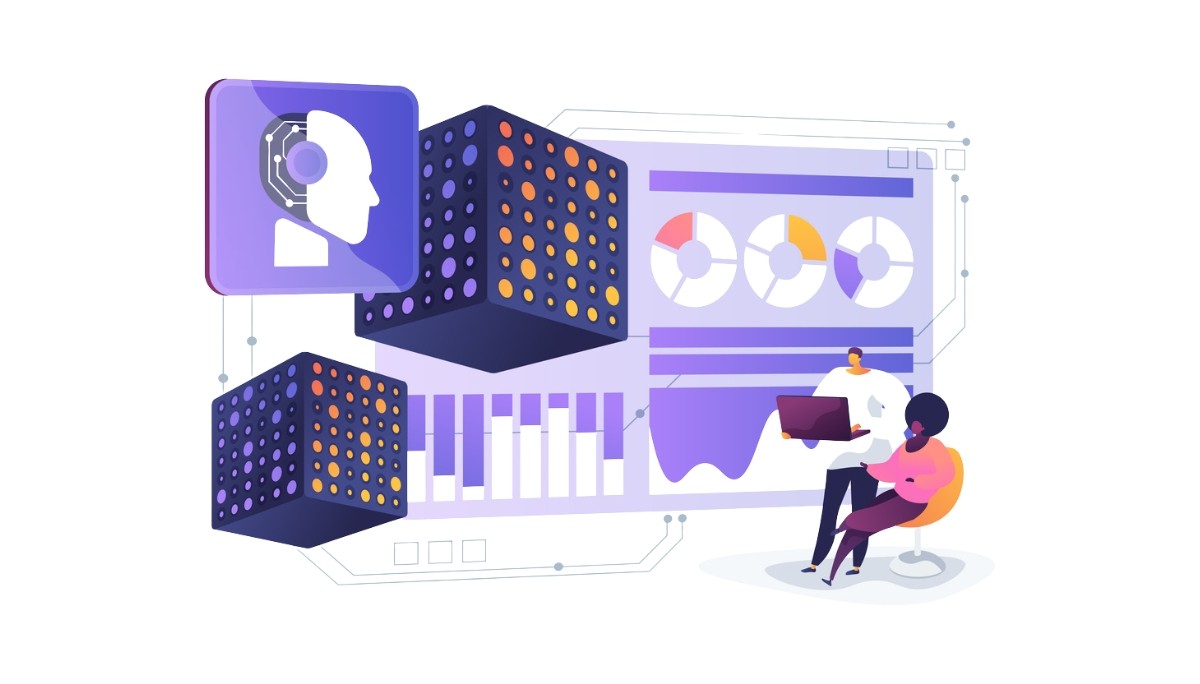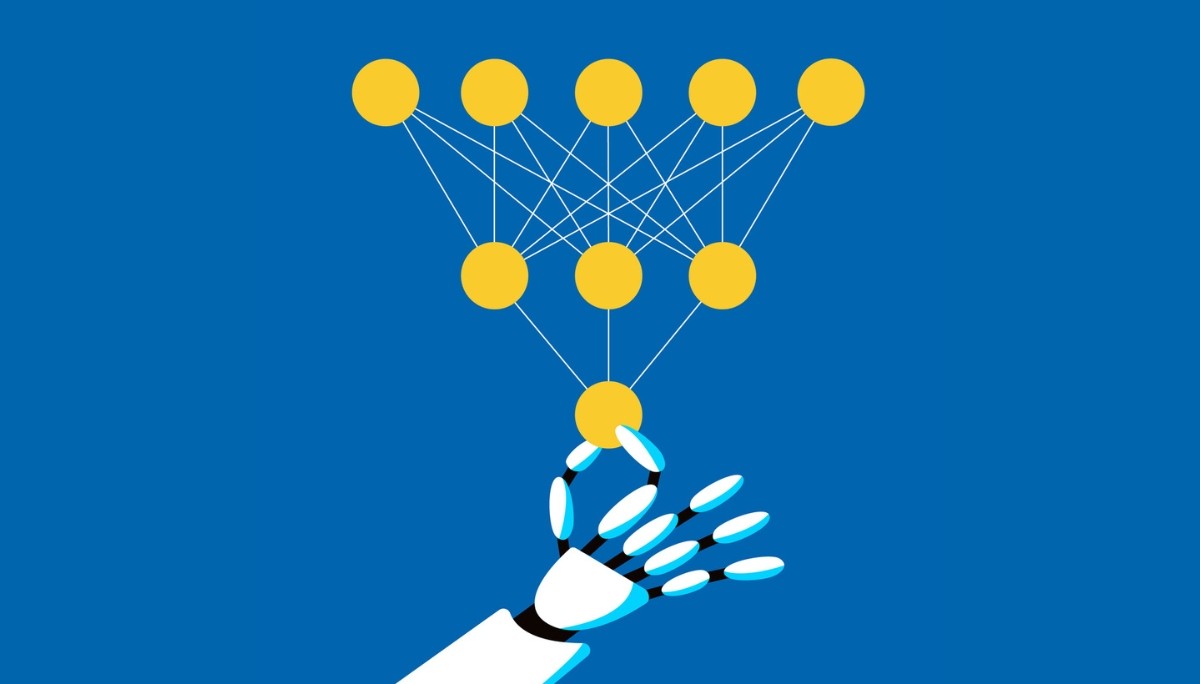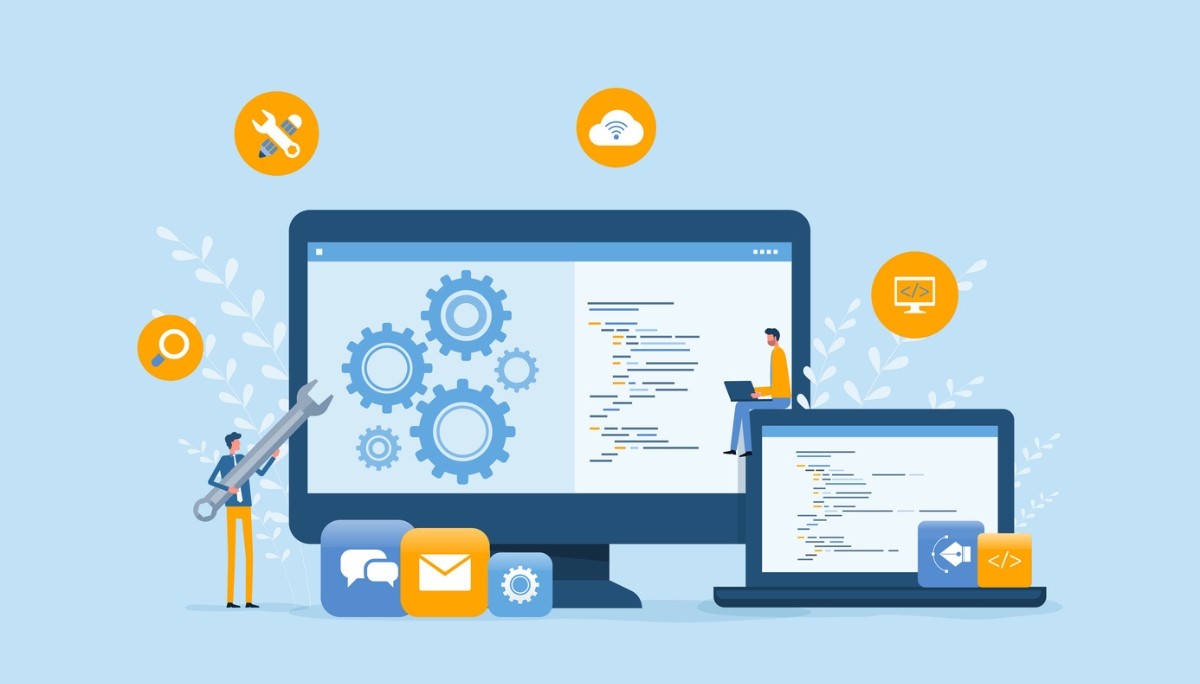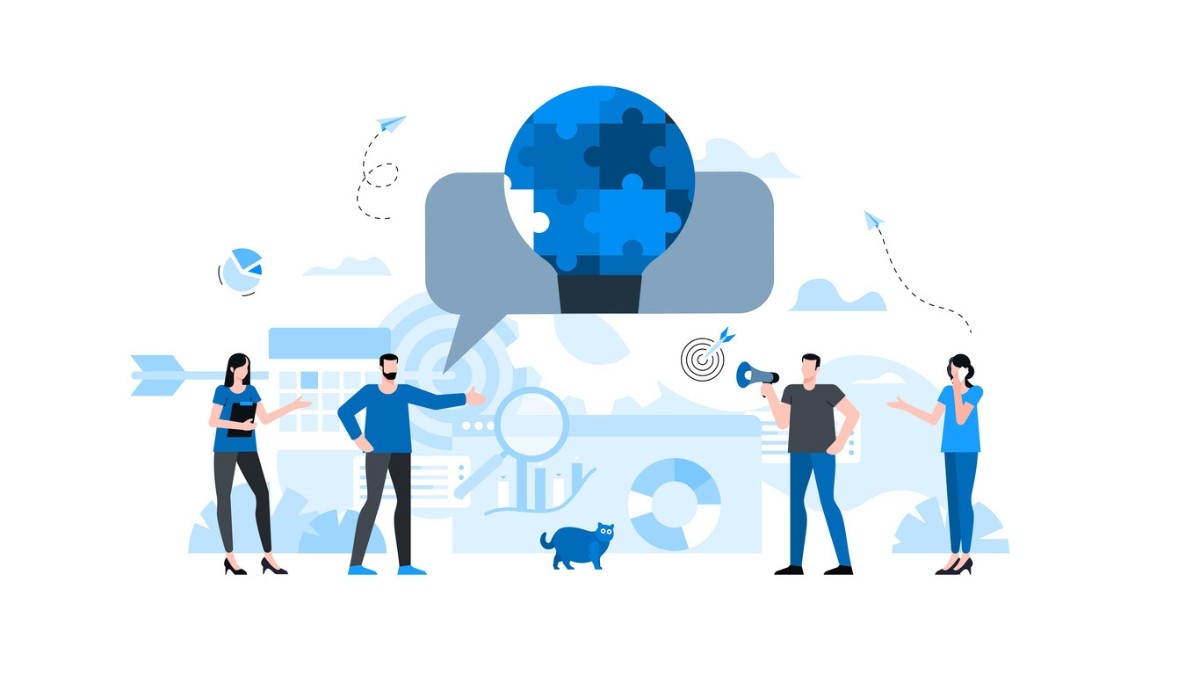Software Development Life Cycle vs. Product Life Cycle
By
Samantha Cox
•
Jul 9, 2025
Understanding the software development life cycle (SDLC) and product life cycle (PLC) is key to effectively managing software projects and products. The software development life cycle vs product life cycle involves steps from planning to maintenance in software creation. The PLC, however, spans a product’s market journey. This article will clarify their differences and interactions.
Key Takeaways
The Software Development Life Cycle (SDLC) provides a structured approach to software production through phases such as planning, design, development, testing, deployment, and maintenance, ensuring quality and alignment with user needs.
The Product Life Cycle outlines a product’s journey from introduction to decline, helping businesses adapt strategies to maximize profitability and competitiveness based on market trends and technological advancements.
Understanding both SDLC and Product Life Cycle is crucial for effective management of software projects, fostering continuous improvement, adaptive management, and clear communication among stakeholders.
Defining the Software Development Life Cycle (SDLC)

The Software Development Life Cycle (SDLC) is a structured approach to software development that ensures high-quality software production through a series of meticulously planned phases. From the initial planning to the final maintenance stage, each phase in the software development lifecycle is designed to mitigate risks, align the development process with customer expectations, and ensure that the final product meets the highest standards of quality, following the SDLC model.
The SDLC framework provides a systematic process that includes specific deliverables at each stage, ensuring visibility and understanding among all stakeholders. This systematic approach allows for better project management, clear communication, and efficient resource allocation, which are crucial for the successful completion of any software project.
At its core, the SDLC methodologies encompass:
Initial feasibility studies
Requirements gathering
Coding
Testing
Deployment
Maintenance
This structured process ensures that development teams produce functional, secure software, and maintainable software engineering that meets user needs and business objectives, including the contributions of software developers, through code review and various software development models, including iterative development and waterfall methodology, while also emphasizing code quality.
Phases of the Software Development Life Cycle

The Software Development Life Cycle (SDLC) consists of several key SDLC phases essential for successful software development and systems development. These phases include:
Planning
Design
Development
Testing
Deployment
Maintenance
Each phase plays a critical role in the overall development process, ensuring that the software is designed effectively, meets user needs, and is delivered on time.
A structured SDLC helps development teams achieve a smooth, efficient, and productive software development process. This structured approach helps in managing complex projects, reducing risks, and ensuring that all stakeholders are aligned with the project goals.
Planning Phase
The planning phase is the foundation of the software development life cycle, where project goals are established, and project requirements are gathered. This phase involves:
Collaborative efforts among stakeholders to ensure clear communication of project goals
Conducting feasibility studies that evaluate technical requirements
Estimating costs
Performing risk assessments
Laying a strong foundation in this phase ensures all participants are aligned, setting the stage for a successful project.
Design Phase
During the design phase, the focus shifts to creating a design plan that incorporates software specifications and stakeholder feedback. This phase includes outlining the software architecture and user interfaces. Additionally, it also focuses on database design. Tools such as Adobe XD and InVision are often used to facilitate the design process, creating mockups and wireframes that build upon tasks from the planning stage.
A software design document (SDD) is also created during this phase to guide developers during coding. Stakeholders review the design plan to ensure it meets their expectations, minimizing the risk of costly changes later in the development process.
A robust design phase can prevent project collapse and ensure the software is built on a solid foundation.
Development Phase
The development phase is where the actual coding begins, based on the design specifications created in the previous phase. During this phase, developers:
Write code
Build functionality
Create user interfaces
Develop the database
All while adhering to coding standards and best practices.
This phase marks the fundamental development stage of the product during the implementation phase, setting the stage for subsequent testing and deployment.
Testing Phase
The testing phase aims to ensure that the software functions as intended by identifying and fixing bugs. Various types of testing are conducted during this phase, including unit testing, integration testing, system testing, and acceptance testing. The key focuses during testing are verifying that the software meets its requirements and identifying any security testing vulnerabilities.
Tools such as manual testing, automated testing, and AI tools are commonly used during the software testing process. Thoroughly testing the software ensures it is reliable, secure, and ready for deployment.
Deployment Phase
The deployment phase is crucial for making the software accessible to users. It includes:
Completing all testing phases.
Deploying the application to the production environment for user access.
Conducting a beta-testing phase or pilot launch to assess user experience and performance in a controlled environment.
Once the existing software product is deployed, it is tested in a real industrial environment to ensure smooth system performance and user satisfaction. Software deployment can occur either on-premise or in the cloud, depending on user needs and organizational capabilities.
Using a testing environment during deployment helps catch final mistakes to fix bugs before market release, ensuring a smoother transition to production.
Maintenance Phase
The maintenance phase is the last phase of the Software Development Life Cycle, focusing on updating software and managing day-to-day operations. Key activities in this phase include ongoing fixes, optimizations, and software updates, ensuring that the software remains relevant and functional.
Ongoing support in the maintenance phase includes addressing issues, applying updates, and adding new features to keep maintaining software relevant. Continuous improvement is essential during this phase to ensure that the software evolves effectively to meet user needs.
What is the Product Life Cycle?

The product life cycle outlines the journey of a product from market introduction to decline, helping businesses understand its evolution over time. Recognizing the stages of the product life cycle allows companies to adapt their strategies to maximize profitability and maintain competitiveness.
The primary purpose of the product life cycle is to provide a framework for product management that allows for strategic planning and resource allocation. The product life cycle consists of four main stages:
Introduction
Growth
Maturity
Decline
Each stage influences marketing strategies and resource allocation.
Stages of the Product Life Cycle

Understanding the stages of the product life cycle supports better forecasting of sales and profit, which is essential for financial and inventory planning. These stages are influenced by market trends, technological advancements, and economic conditions, making it crucial for businesses to stay adaptive and proactive.
The product life cycle encompasses the stages a product goes through from its introduction to its decline. Effectively navigating these stages ensures products remain competitive and profitable in the market.
Introduction Stage
The introduction stage marks the launch of the product into the market. During this stage:
Marketing efforts focus on increasing awareness and attracting early adopters.
Competition is usually minimal as the product is newly launched.
Companies aim to gain initial traction.
Growth Stage
In the growth stage:
Demand for the product increases, leading to higher production levels and greater market availability.
Marketing efforts aim to differentiate the product from emerging competitors.
The goal is to ensure sustained growth and maintain market share.
Maturity Stage
The maturity stage is characterized by:
Peak market penetration and profitability.
Sales growth begins to stabilize as the product reaches its highest sales volume.
Companies focus on maintaining market share amidst increased competition.
Exploring innovations or enhancements in an iterative model can help sustain consumer interest and prolong the product’s lifecycle.
Decline Stage
The decline stage occurs when sales diminish due to market saturation and the introduction of alternative products. During this phase, companies must decide whether to discontinue the product or rejuvenate it through updates and marketing efforts.
Comparing SDLC and Product Life Cycle

The phases in the Software Development Life Cycle (SDLC) help ensure that software development is systematic, organized, and meets quality standards. Understanding the SDLC fosters better collaboration and product quality among team members.
Knowledge of the SDLC helps project managers create accurate timelines and resource estimates, leading to smoother project execution. Agile methodologies, like Scrum, integrate the SDLC into an iterative process, allowing for quick adjustments based on real-time feedback. This approach aligns with agile methodology principles.
Overlapping Elements
The Software Requirement Specification (SRS) specifies all requirements for the target software, laying a foundation for both SDLC and product life cycle strategies. ‘Shifting left’ in the context of SDLC means integrating testing and performance tracking earlier in the process, aligning with a proactive approach in both development and product lifecycles.
Key Differences
The SDLC focuses on specific software development phases, whereas the Product Life Cycle (PLC) includes stages such as market research and product launch. The main difference lies in SDLC’s emphasis on software creation processes, contrasting with the product life cycle’s focus on market introduction and customer satisfaction.
Importance of Understanding Both Cycles in Tech
Both SDLC and the product life cycle are essential methodologies that guide the processes of software development and product management. These cycles equip technical candidates with a strategic perspective for managing software projects effectively.
The integration of SDLC and the product life cycle fosters continuous integration, continuous improvement, adaptive management, and effective communication within development teams. Mastering both methodologies enables candidates to make informed decisions that enhance product success in the market.
Real-World Examples of SDLC and Product Life Cycle Interaction
In the real world, the SDLC is utilized across various industries, including the software industry, to ensure high-quality software development. For example, in data science, the SDLC helps develop models that predict customer behaviors, integrating data analysis and machine learning. Popular SDLC models are employed by tech giants like Amazon, which use SDLC models for creating complex systems such as recommendation engines that enhance user engagement.
Healthcare organizations apply SDLC to develop electronic health record systems that manage patient data while complying with strict regulations. In the finance sector, SDLC guides the creation of secure online banking applications that prioritize user experience and regulatory compliance.
The gaming industry leverages SDLC to ensure the successful development and release of immersive games, incorporating player feedback throughout. In IoT device development, SDLC helps engineers design and deploy smart devices that function effectively and securely. Cloud applications like Google Docs are developed using SDLC to handle real-time collaboration and scale with user demand.
How Fonzi Uses AI in Hiring
Fonzi stands out in the hiring process by:
Using artificial intelligence responsibly, enhancing recruiter focus on people rather than replacing them.
Being designed to reduce bias.
Protecting candidate experience.
Speeding up the hiring timeline.
Fonzi creates a more efficient and fair hiring process.
Fonzi’s Match Day provides a high-signal, efficient way for candidates to connect with top-tier companies. This approach ensures that the best talents are matched with suitable job opportunities, benefiting both candidates and employers.
Summary
Understanding the Software Development Life Cycle and the Product Life Cycle is not just an academic exercise but a strategic necessity in the tech industry. These cycles guide the development, deployment, and continuous improvement of software products, ensuring they meet user needs and market demands. Mastering both methodologies enables professionals to make informed decisions, foster better collaboration, and enhance overall product success.
By integrating SDLC and PLC, development teams can navigate the complexities of software projects more effectively, ensuring high-quality outcomes and sustained market relevance. As the tech industry continues to evolve, the ability to understand and apply these cycles will remain a critical skill for success.




